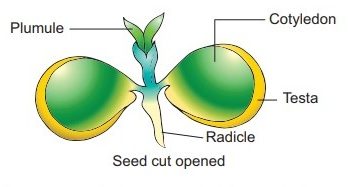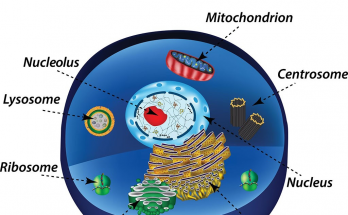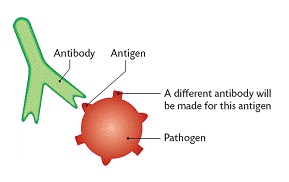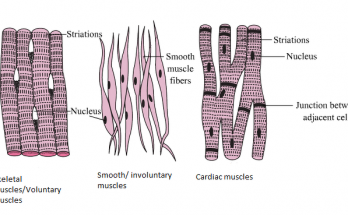
9 Key Differences Between Radicle and Plumule
In plant biology, understanding the “Difference between Radicle and Plumule” is key during seed germination. The Radicle, the first root, anchors and nourishes the plant by growing downward and absorbing …
9 Key Differences Between Radicle and Plumule Read More





